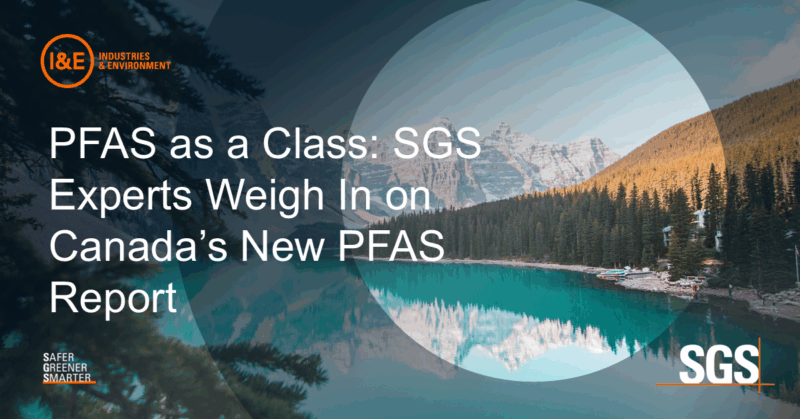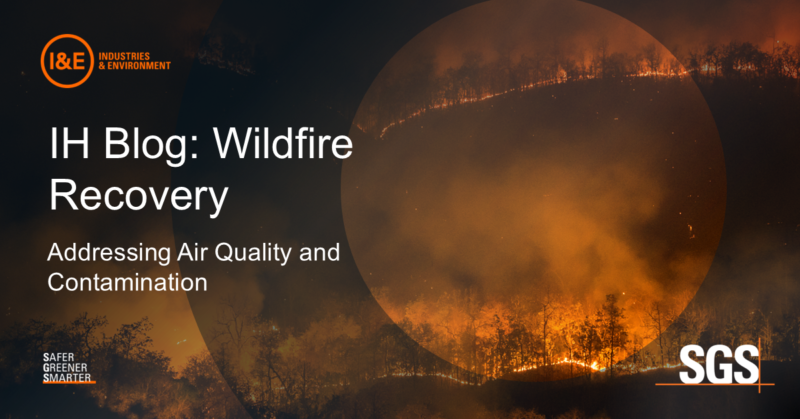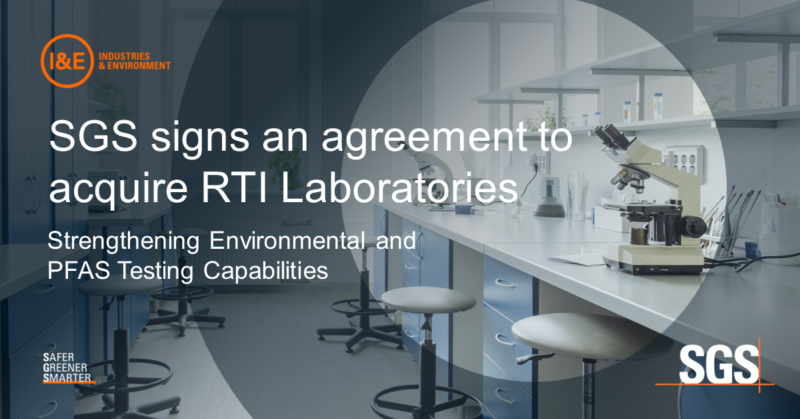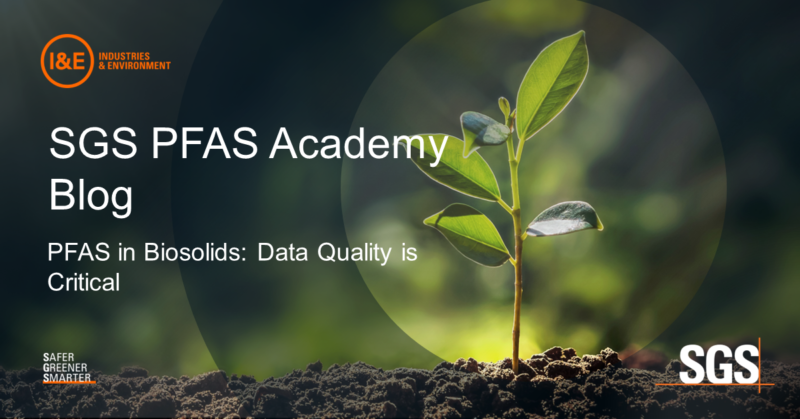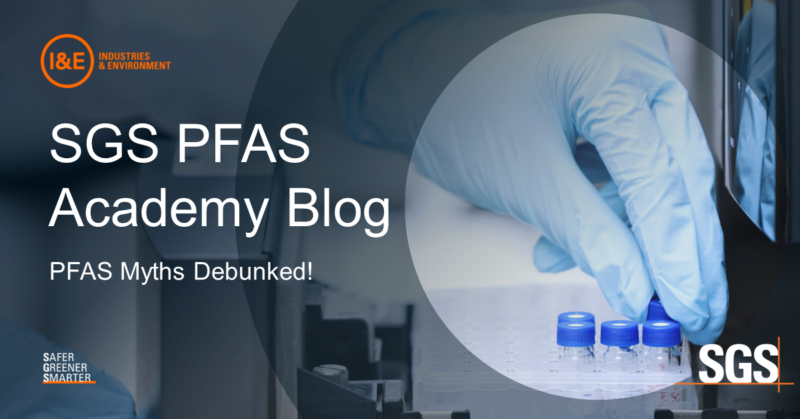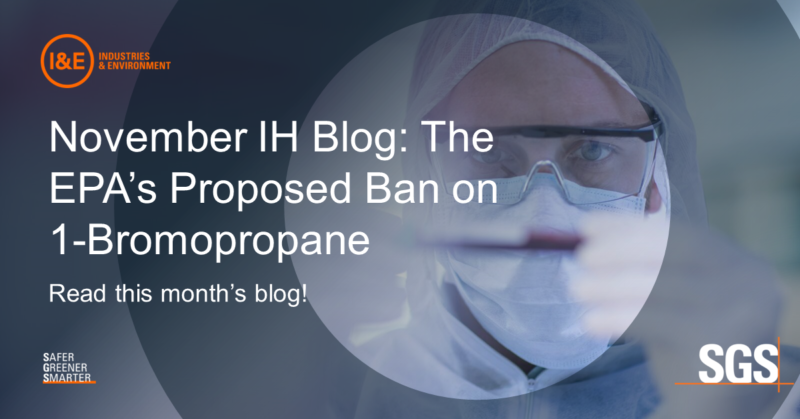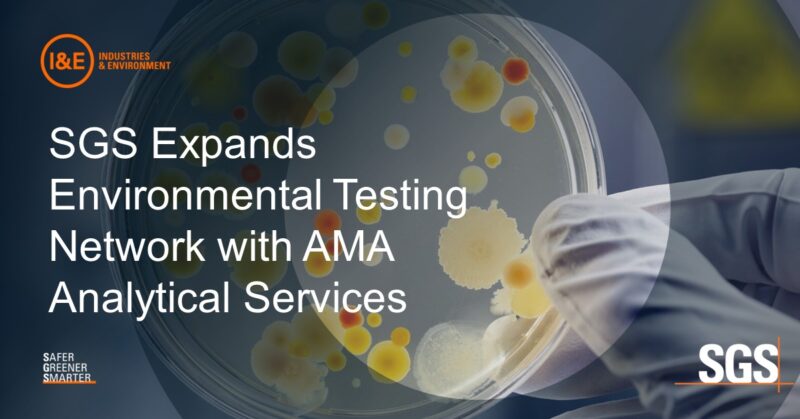ECCC and Health Canada Release the State of PFAS Report: Key Takeaways and Implications
Environment and Climate Change Canada (ECCC) and Health Canada have released a comprehensive report on[...]
Mar
Wildfire Recovery: Addressing Air Quality and Contamination
Another wildfire season has begun, bringing significant challenges for affected communities. Over 50,000 acres have[...]
Feb
Technical Webinar: Isotopic Fingerprinting of Hydrological Systems
Join SGS, Beta Analytics and Isobar Science as we dive into the applications of isotopic[...]
Feb
SGS Expands Testing Capabilities with RTI Laboratories
We are pleased to announce that RTI Laboratories has officially joined SGS. Located in Detroit,[...]
Feb
SGS PFAS Academy Newsletter
January brought about a couple of interesting developments for PFAS in the U.S., most notably[...]
Jan
Navigating the New Methylene Chloride (MeCl2) Exposure Limits: Are You Prepared for 2025?
In September 2024, we shared important updates regarding the Environmental Protection Agency’s (EPA) new regulations[...]
Jan
PFAS in Biosolids: Data Quality is Critical
Biosolids have been in use since the 1940s for a wide variety of industrial/agricultural applications. [...]
Jan
PFAS Myth Busted: Why Labs Aren’t Driving Lower Regulatory Limits
MYTH: The laboratories are driving their PFAS detection limits lower which is driving regulatory limits[...]
Dec
Understanding the EPA’s Proposed Ban on 1-Bromopropane
The industrial hygiene landscape continues to evolve with the Environmental Protection Agency’s (EPA) proposed ban[...]
Nov
SGS Expands Built Environment Footprint in the East Coast by Welcoming AMA Analytical Services
SGS is pleased to announce the addition of AMA Analytical Services (AMA) to its network[...]
Nov

